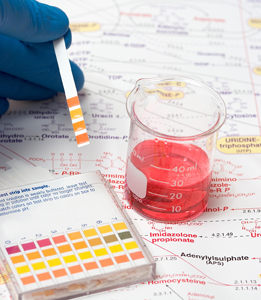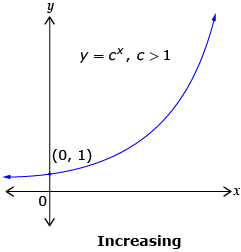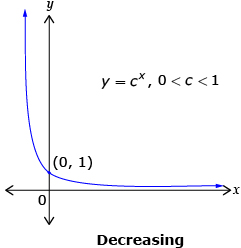
Valueline/Thinkstock
In this module you used exponential and logarithmic functions to describe the relationship between time and the growth or decay of different quantities. As examples, you looked at the growth of money and bacteria, the decay of radioactive isotopes, and the use of the pH scale to describe the change in the concentration of hydrogen ions in solutions.
You investigated the following question:
- How can exponential and logarithmic functions and equations be used to solve problems involving growth and decay?

iStockphoto/Thinkstock
You learned how to graph exponential and logarithmic functions and how transformations can be applied to these functions. You also learned that a logarithm is the inverse of an exponential function. You can convert between exponential and logarithmic form and vice versa. You explored different logarithmic scales, such as the Richter scale, the pH scale, and the decibel scale. Lastly, you studied a variety of methods that could be used to solve exponential and logarithmic equations.
In the Module 6 Project on box-office movie revenues, you explored how the cumulative revenue of movies could be described as exponential and logarithmic functions. You also determined decibel levels of movies using the logarithmic decibel scale. Finally, you solved an exponential equation involving movie revenues.
Here are some of the key ideas you learned in each lesson.
Lesson 1 |
The characteristics of all exponential functions of the form y = cx, c > 0, c ≠ 1 are as follows.
Transformations of exponential functions are similar to transformations of other functions, as seen in Module 1. |
|||||||||||||||
Lesson 2 |
Follow these steps to solve exponential equations where the bases can be written as powers with the same base:
Take this approach to solve exponential equations where the bases cannot be written as powers with the same base:
|
|||||||||||||||
Lesson 3 |
A logarithmic function is the inverse of an exponential function. Use this approach to convert an exponential form to a logarithmic form: The logarithmic function is the reflection of the exponential function in the line y = x. The characteristics of the logarithmic function y = logc x, c > 0, c ≠ 1 are as follows:
|
|||||||||||||||
Lesson 4 |
In a logarithmic function of the form
|
|||||||||||||||
Lesson 5 |
The following laws of logarithms were studied:
|
|||||||||||||||
Lesson 6 |
To solve logarithmic equations you can use the property if logc A = logc B, then A = B, where c, A, B > 0 and c ≠ 1.
To solve exponential equations you can use the property if A = B, then logc A = logc B, where c, A, B > 0 and c ≠ 1. |

